Pishme: Basic Information
Pronunciation
Alternative Name(s)
Dish Type
Course
Mealtime
Popular Variations
Pishme: Ingredients and Preparation
Main Ingredients
Main Cooking Method
Preparation Process
Pishme: A Deep Dive
Cultural Significance
Taste
Texture
Aroma
Color
Serving Style
Serving Temperature
Accompaniment
Occasions
Seasons
Special Diets
Calories
Popularity
Popular Similar Dishes
- Boortsog
- Uštipci
- Çäkçäk
- Lokma
- Youtiao
- Mandazi
Popular Dining Area
Pishme, or pişme, is a type of fried bread in Turkmenistan. It is made from yeasted dough enriched with milk and sugar.
Locals form the dough into long, wide strips, cut them into diamond-shaped pieces, and finally fry them in oil until fluffy. Pishme is considered the local take on boortsog (fried dough dessert).
A Turkmen host usually gives out pishme to guests as a sign of hospitality. The traditional version of pishme doesn’t have sugar, but this fried bread is now mainly enjoyed as a sweet snack.
Enjoying pishme with green tea or sweet foods like honey or condensed milk is a widespread practice.
Many special occasions in Turkmenistan require this bite-sized treat, such as Ramadan and Nowruz (Persian New Year).
Do you want to know about the advantages and disadvantages of pishme? Commonly asked questions about it? Or the dishes with similar traits? Read on, and I will indulge your curiosity!
Key Points
Pishme Images
Pros and Cons of Eating Pishme
Pishme has the following strengths and weaknesses.
Pros
Cons
After learning about those positive and negative effects, it’s time to discover other aspects of pishme by looking at the FAQs section.


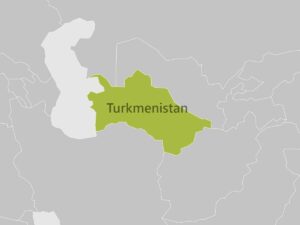


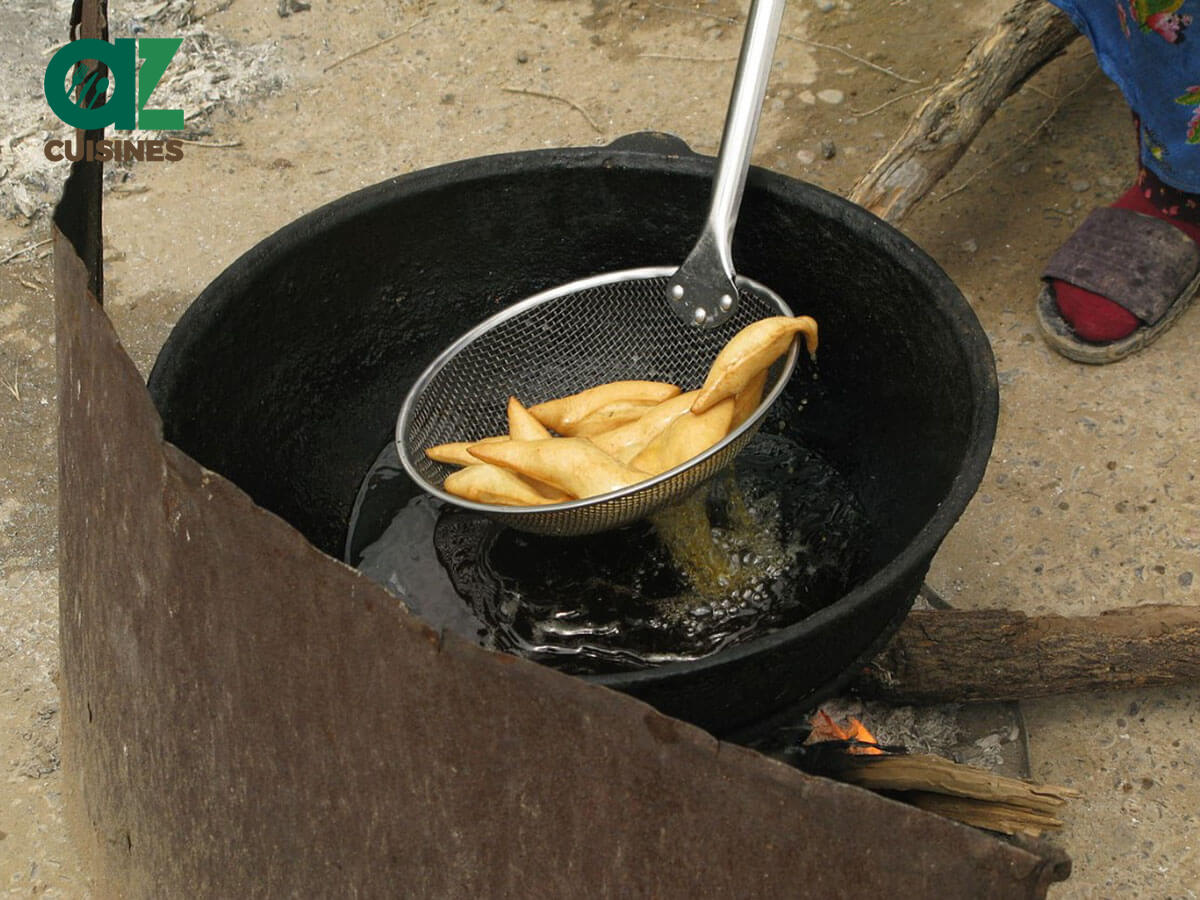
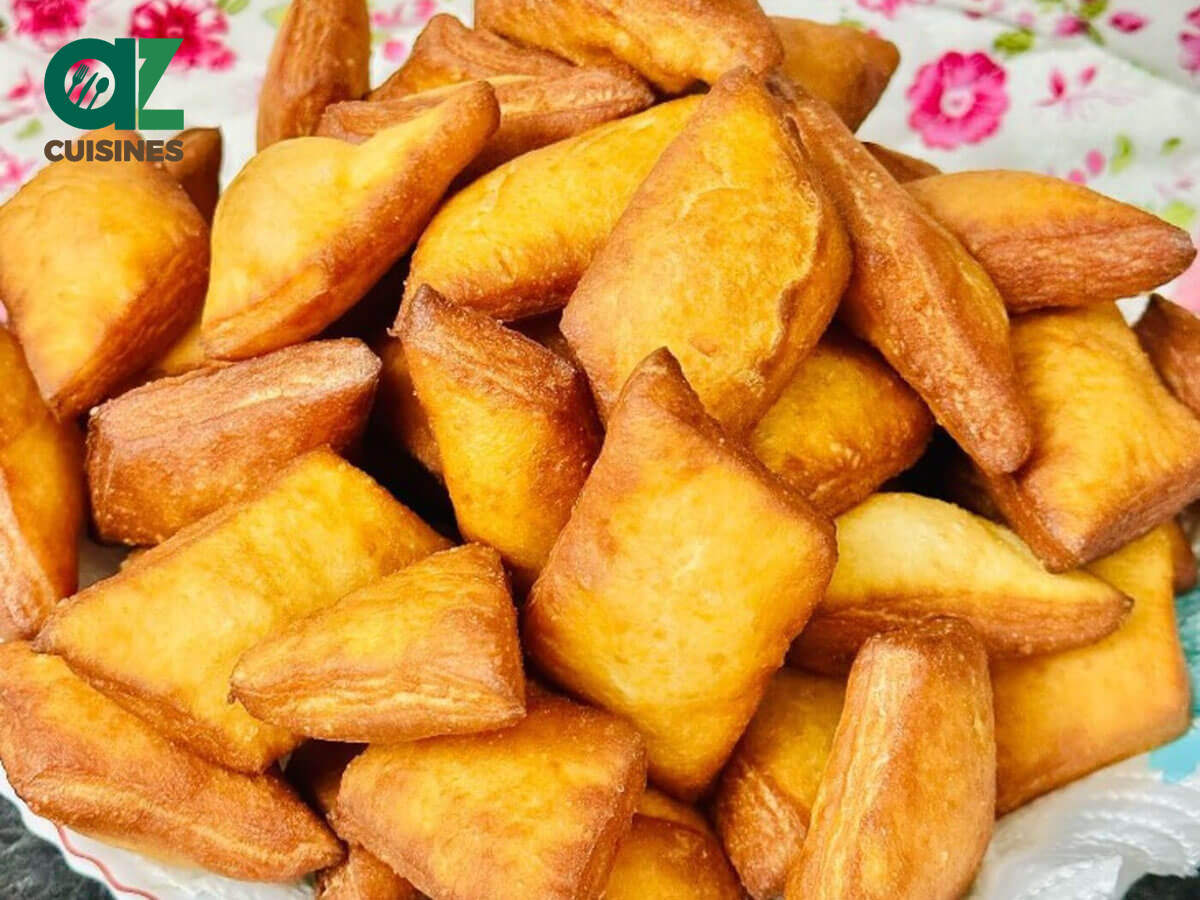



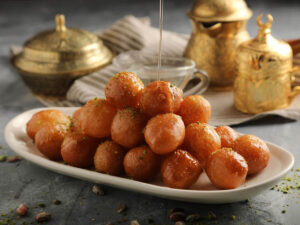
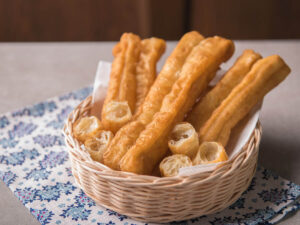

Adam Sam
Senior Food and Drink Editor
Expertise
Food Writer & Recipe Developer, Recipe Tester, Bartender, Cooking-video Maker, Editor In Chief
Education
Adam Sam, an experienced food writer and recipe developer, is passionate about blending diverse culinary traditions, national dishes, and innovative beverages, showcasing his proficiency in both traditional and modern recipe testing.
As the Editor-in-Chief, he elevates culinary content from street food to fine dining, focusing on Western cuisine and types of drinks at azcuisines.com, and is professional in creating engaging cooking videos that simplify complex dishes and ingredients.
His passion for food is evident in his writing, where he uniquely merges various cultures, traditions, and contemporary trends, skillfully combining classic recipes with modern cooking methods.